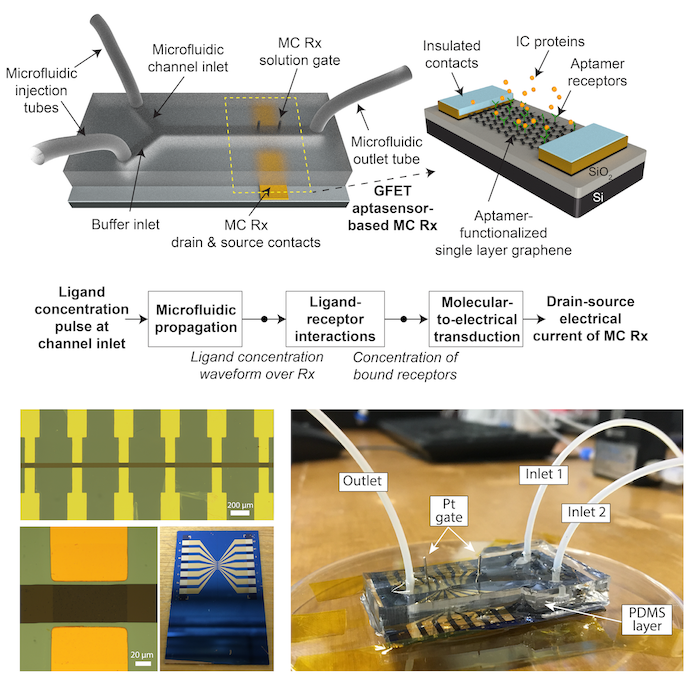
Funded by TUBITAK 1001 – #120E301
Duration: June 2021 – June 2024
Amount: 770K TL
Internet of Nano Things (IoNT) is an emerging technology, which aims at extending our connectivity into nanoscale and biological environments with collaborative nanonetworks of artificial nanomachines and biological entities integrated into the Internet infrastructure. To enable the IoNT and its groundbreaking applications, such as continuous intrabody health monitoring, it is imperative to devise low-complexity nanoscale communication techniques suitable for the envisioned nanomachines of simple architectures. Bio-inspired molecular communications (MC), where molecules are used to transfer information, is the most promising technique to realize IoNT thanks to its inherent biocompatibility, energy-efficiency, and reliability in physiologically-relevant environments.
Despite the substantial body of theoretical work concerning MC, the lack of experimental validation testbeds at micro/nanoscale has led researchers to make overly simplifying assumptions about the implications of the channel conditions and the physical architectures of the practical transceivers in developing theoretical models and devising communication methods for MC. On the other hand, MC imposes unique challenges resulting from the highly complex, nonlinear, time-varying channel properties due to the discrete nature of information carriers (molecules), substantial channel memory and peculiarities of molecular interactions at nanoscale, that cannot be always tackled by conventional information and communication tools and technologies (ICT). As a result, the reliability of the existing MC methods, which are mostly adopted from electromagnetic communications and not validated with practical testbeds, is highly questionable. Therefore, there is an urgent need for practical micro/nanoscale MC testbeds, to close this gap between theory and practice in order to unleash the envisioned applications of MC and IoNT.

To this end, the main objective of this project is to develop the first micro/nanoscale experimental test and validation platform for microfluidic MC systems accompanied by a theoretical design, modeling and optimization framework, and to devise novel experimentally-validated low-complexity MC methods, such as modulation, coding, synchronization, and detection techniques. In the considered microfluidic MC system, information is encoded into the concentration or type of single-stranded DNA (ssDNA) molecules, which are transmitted to the microfluidic channel by a flow controller, and propagate in the channel through convection and diffusion. A custom-fabricated two-dimensional (2d) graphene field-effect-transistor (G-FET) DNA biosensor tailored as an MC receiver detects the incoming molecular messages by reversibly interacting with the ssDNAs via its receptors and transducing their concentration to electrical signals via electric field-effect.
End-to-end stochastic parametric models for this microfluidic MC system will be developed drawing upon the existing simplified MC models in the literature and the theories regarding the microfluidic dynamics, convection-diffusion mass transport, ligand-receptor binding reactions and electrochemical properties of 2d graphene. The modeling efforts will be continuously supported by finite-element and particle-based stochastic spatial simulations. The models will be eventually validated and improved through extensive experiments performed in the experimental platform, which will be fabricated and characterized by combining expertise from ICT, microfluidics, sensing technologies, and bionanotechnology, and using state-of-the-art nanofabrication technologies and characterization tools. The resulting theoretical design, modeling and optimization framework and the experimental test and validation platform will help understand the underlying molecular processes, accurately model the complex interplays between them, and optimize them from communication perspective. This will enable the design and development of novel low-complexity, energy-efficient and experimentally-validated MC methods exploiting the nano-bio-physical interactions.
As such, this project will overcome a major bottleneck resulting from the long-standing discrepancy between theory and practice in MC, which has, so far, severely impeded the innovation in this emerging field linked with huge societal and economic impact. The highly interdisciplinary outcomes of the project will also find considerable use in many other research fields, such as biosensing, 2d nanomaterials, microfluidics, lab-on-a-chip, and drug delivery.


